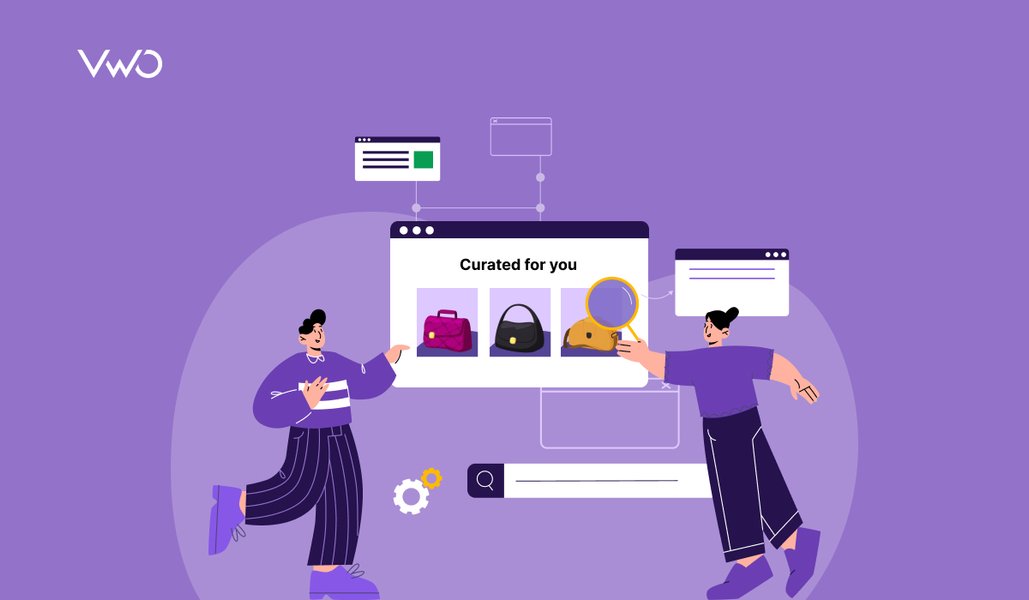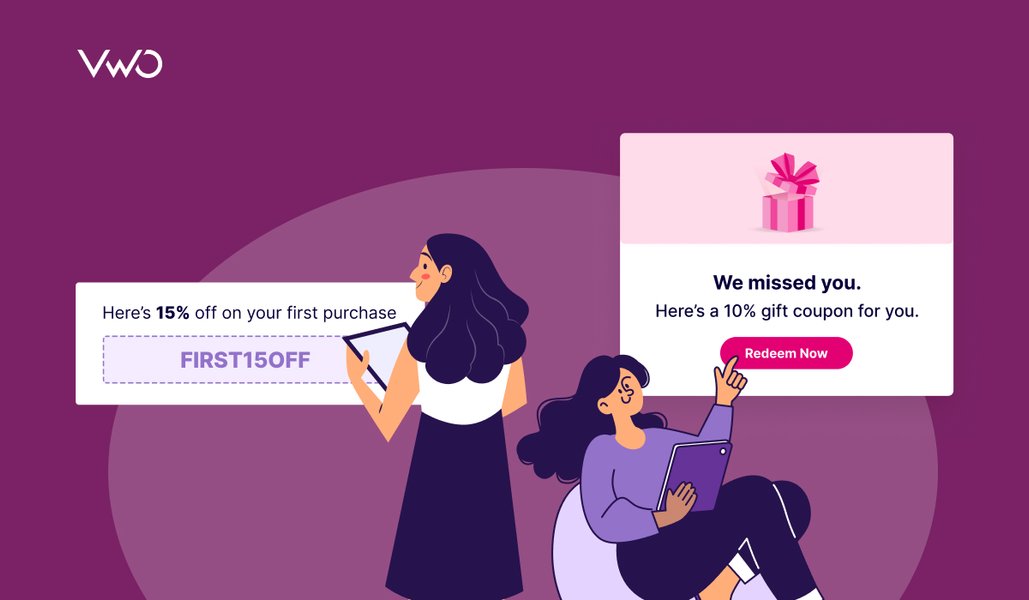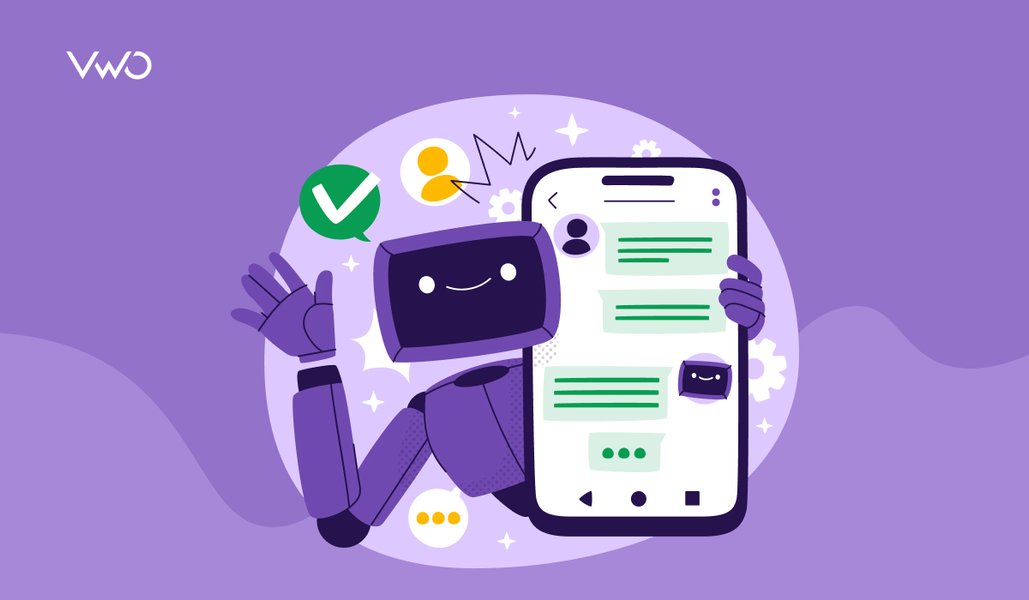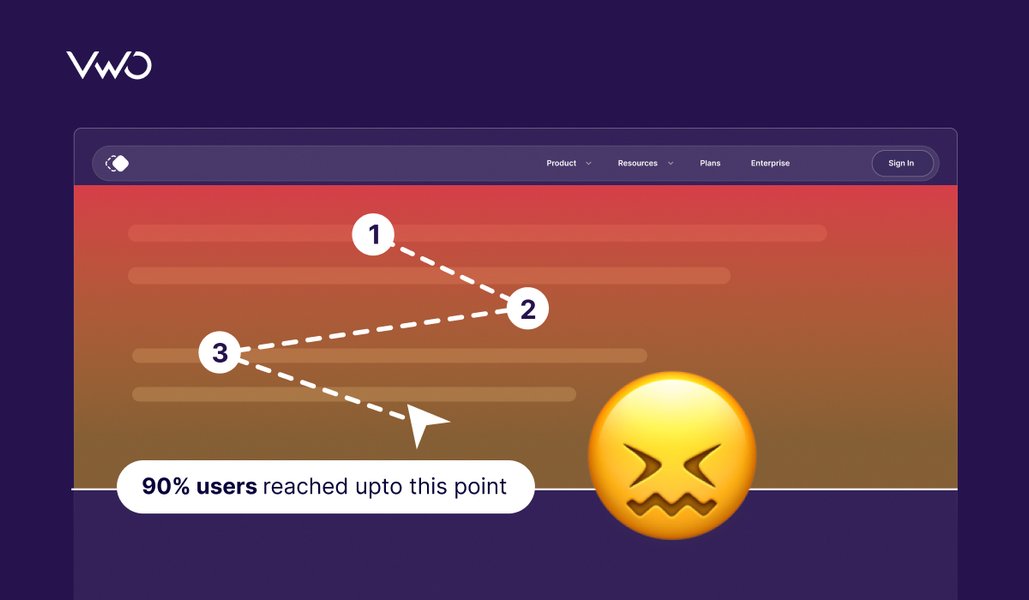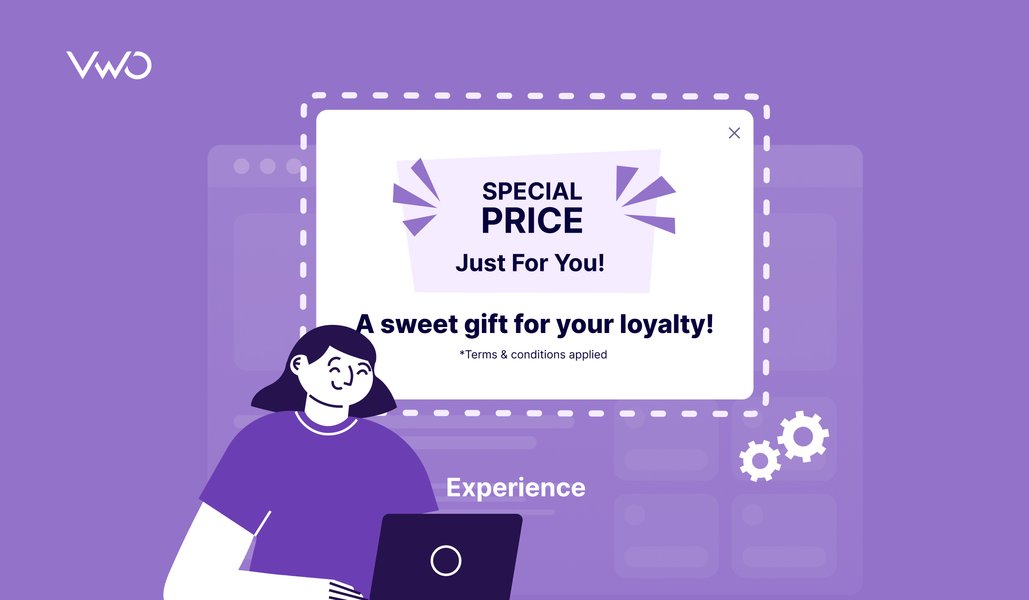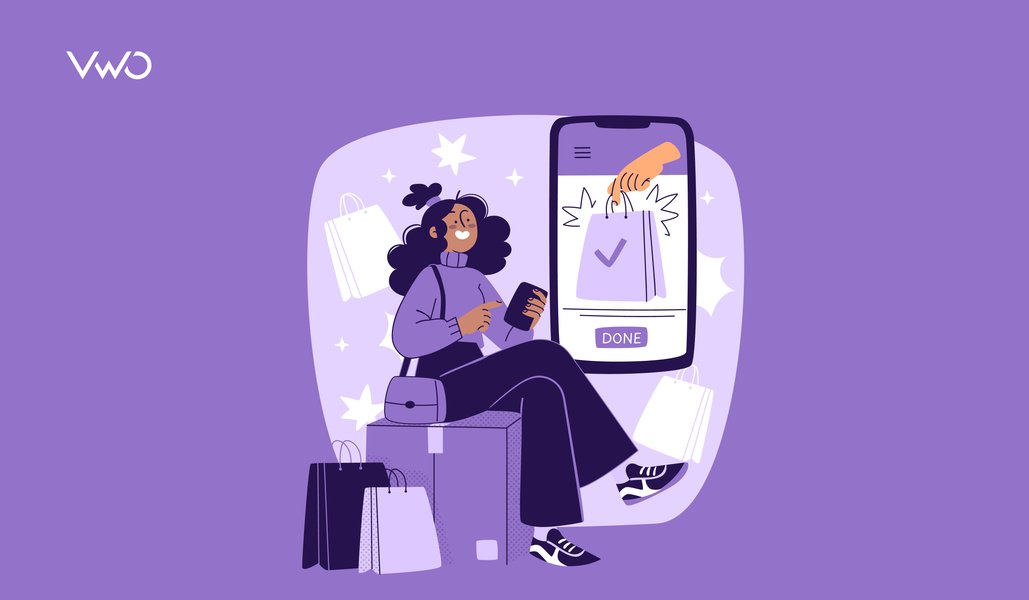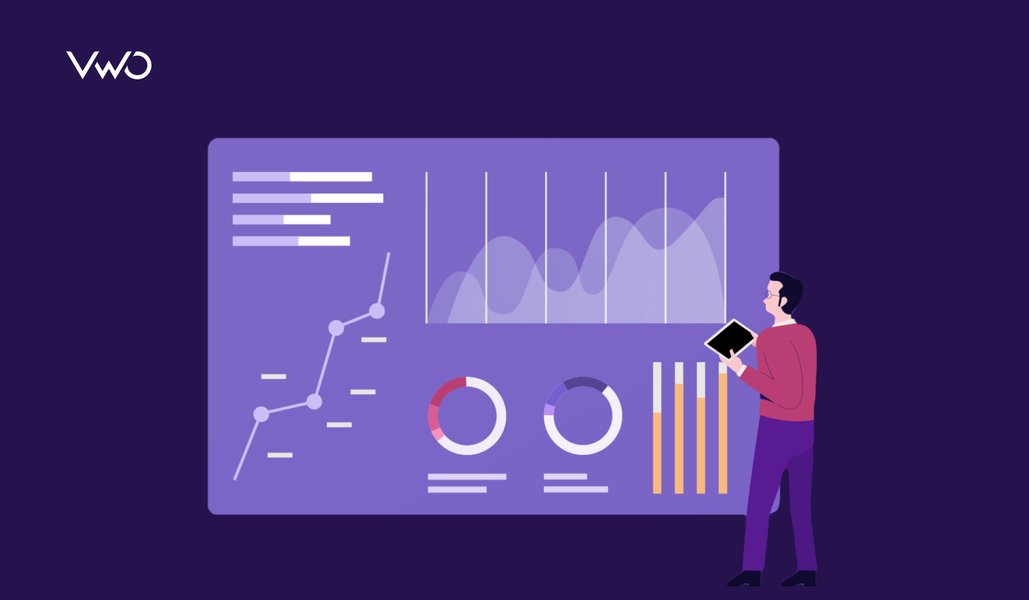Given the competition in the iOS and Android app stores, creating a unique and personalized experience for users is quite a challenge for app creators. When implemented well, personalization can help businesses achieve better user engagement, increase retention, and allow app owners to build a more engaging relationship with their customers.
This guide is an introduction to design personalized apps. We introduce when, where, and how personalization can be used to create a better user experience for your customers. We touch upon audience segmentation, geolocation, and other features that your app can use to increase engagement.
Download Free: Website Personalization Guide
With a deep understanding of user insights, you can figure out exactly what they want to design personalized experiences for them. By combining these tools and techniques with the latest app design techniques, you can ensure your app thrives in the personalized era.
Before that: Should you choose to personalize?
Building a personalized experience for your users has numerous benefits for you as an app owner. However, before attempting to solve your customers’ problems, you should always start by interviewing them, creating surveys to understand their hesitations, creating personas, analyzing app heatmaps, and developing a well-honed understanding of the goals and frustrations of users.
Customization can be costly and time-consuming, and should never be your default approach. That said, personalization helps you to meet customer needs that would otherwise be impossible without sacrificing usability, learnability, and the emotional need that your users will have for your app. Personalization also pushes you to figure out what is important about your app for your users – and what is not.
How do I personalize my mobile app experience?
The differences between personalized and non-personalized designs lie primarily in the organization of your user interface and the customer contact touchpoints. A non-personalized UX/UI design delivers the same experience for all users, regardless of any data that the app may have about user preferences and activities.
Personalized experiences delve deeper into a user’s mind. Screens are unique and tailored to each user’s needs and preferences. Designs often offer different sets of features, depending on the user’s previous activity in the app and location, etc. Other aspects of customization can also include personalized ads, offers, and push notifications.

It is a challenging task to make your users return to your app and build a close association. To facilitate this association, mobile app A/B testing is critical.

Anticipatory design
Anticipatory design is an approach whereby you look to solve users’ needs before they even realize those needs themselves. A successful anticipatory design makes a user feel more at home within your app like it is “just right” for them by giving them exactly what they want and when they want in an intuitive way. Users are more inclined to stay with your app when their needs are met with little or no friction.
In the below examples, Google sends appropriate notifications depending on your location and time of the day, giving you valuable information about weather, traffic, and events even before you think of needing it.

Segmenting your app users
Customization is simply guesswork if you can’t intelligently segment your audience by leveraging real user data. Users’ history, date and time, level of engagement, location, friends, followers, and a host of other data points can be used for building their profile from which you can segment and implement unique functionality and UI design flows. You can unify all your customer data under one platform and get a centralized view with VWO Data360. Take a free trial or request a demo with our product experts to understand how VWO Data360 can help you personalize buying journeys.
The main aim of user segmentation is to group them into categories. For example, younger travelers visiting a new city might want to learn about the latest drinking spots and trendy nightclubs. Older citizens on the other hand might prefer updated information about a nice, quiet restaurant with a price-conscious midweek menu. The segmentation and solutions you come up with will be unique to your app and will give direction to your personalization efforts.
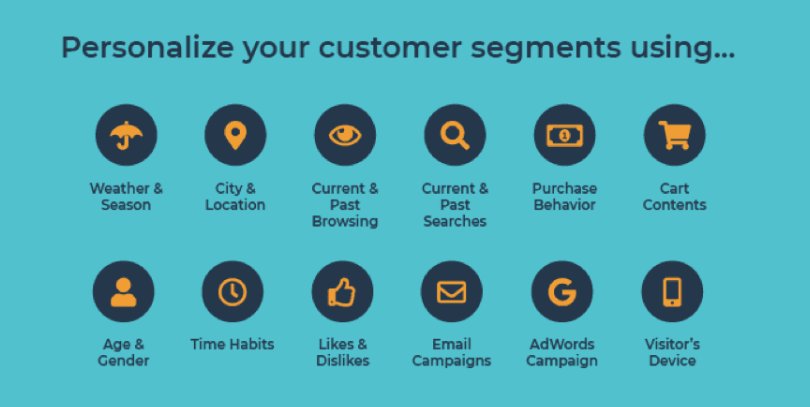
Segmentation should also define what success means for your app. You must be able to measure whether users take the actions you expected them to. Examples include clicking ads, buying products, and other such activities. With the right data and the right model of what you expect your users to do, you can check what kind of engagement models work for each segment.
When implemented, your tracking data and analytics will allow you to see which personalization options like geolocation, notifications, or social proof serve your users with a satisfying app experience.
1. Geolocation and targeting
Geolocation – the ability to locate a user and provide location-specific content – is a common approach to meeting your user’s needs. This customization is especially relevant to users who wish to access local services, for example, apps for groceries, eating out, or discovering live music events. Products that use this include taxi services like Uber and meal delivery services like Deliveroo.
Combining Geolocation with other user data points—for example, search history of Chinese restaurants—allows you to handpick important aspects that the user will find relevant and interesting—like sending out a notification with a rating for a restaurant at a time the user normally eats, and when they are passing by a particular restaurant.
Download Free: Website Personalization Guide
2. User progress milestones
Designing milestones for users to reach creates a sense of achievement while offering rewards can push users to increase their engagement. As a result, app users will end up taking actions that benefit you as an owner, for example, purchasing products or booking a ticket for an event you are promoting. Good examples of this include airline frequent flyer miles, shopping rewards cards, and unlocking content, based on user progress on your app.
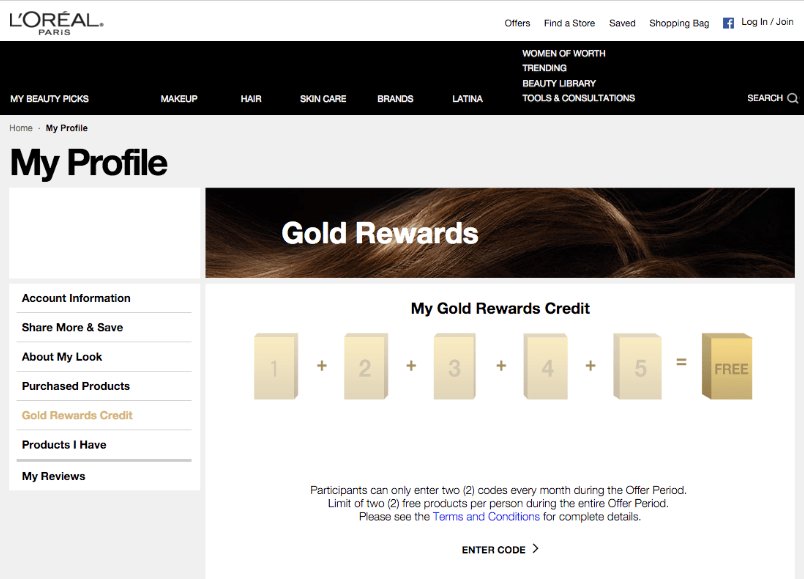
Progress milestones also improve usability by allowing you to keep things simple for beginners while unlocking advanced content for hardcore users. Many games and gamification techniques fall into this category of customization.
3. Customized content
Animations, videos, images, and content can all be uniquely chosen for your users, based on the information you have about them. Facebook, LinkedIn, and Twitter all leverage this approach, by using your history of likes and shares to curate a feed that is more interesting to you. Try clicking “Like” a few times on a certain person’s posts and that person is guaranteed to appear at the top of your feed the next time you sign in. The core rule here for personalization is: If the user likes doing something on your app, give them more opportunities to take similar actions. Taking an action such as “like,” “share,” or “upvote” is a clear signal that they value your app for that purpose.
Also, check out the VWO Podcast to learn more about building a mobile experience that actually converts.
4. Communicating what your friends have done
“Your friend Dave also likes this company or product” and “Your friend Dave visited here 3 months ago” – how often do you see notifications like these on sites such as Facebook, Yelp, or TripAdvisor? By connecting your experience with others and vice-versa, apps can create a level of trust by leveraging social proof.
Learn from a Sr. Product lead at Amazon Prime Video about managing user experience:
Conclusion
This is the era of personalized apps. Attention spans are short, and competition is everywhere. Finding the right combination of personalization and optimizing it through continuous analysis of your data will help you create customized solutions that are best in class. To personalize and customize, you must dive deep into user behavior insights and their expectations.



